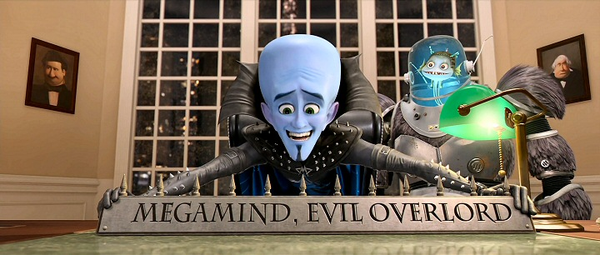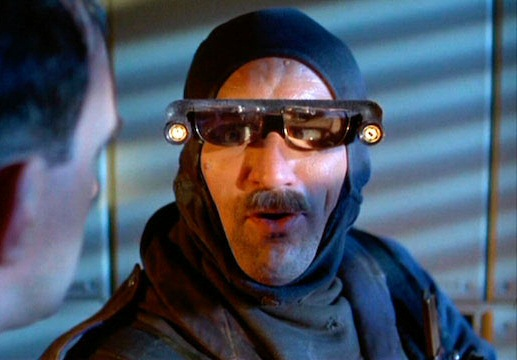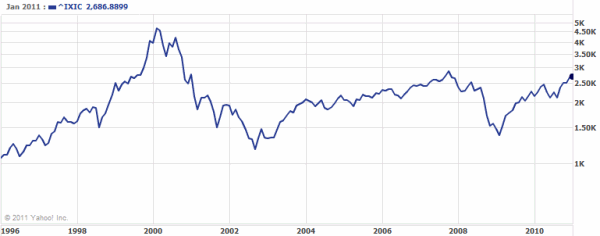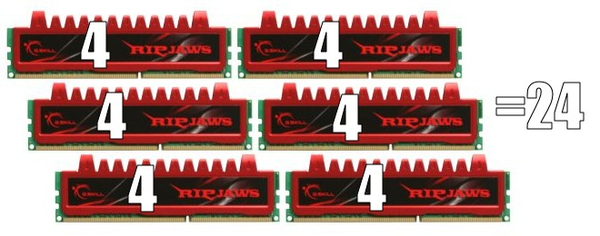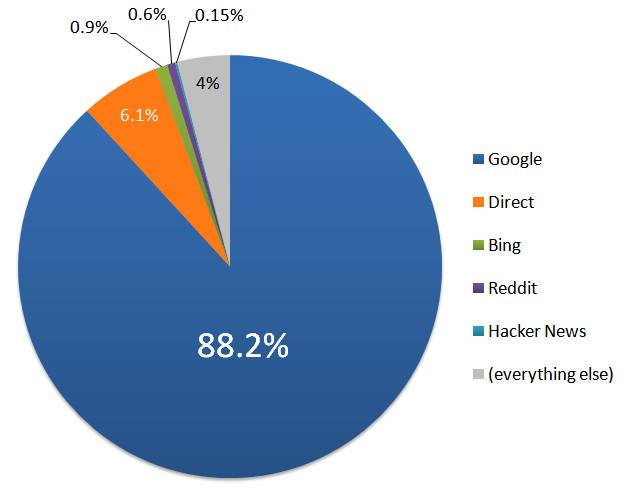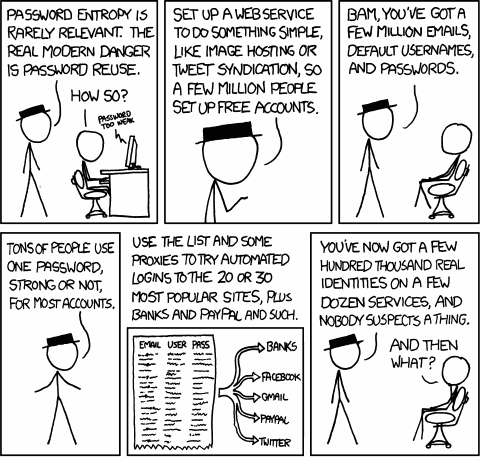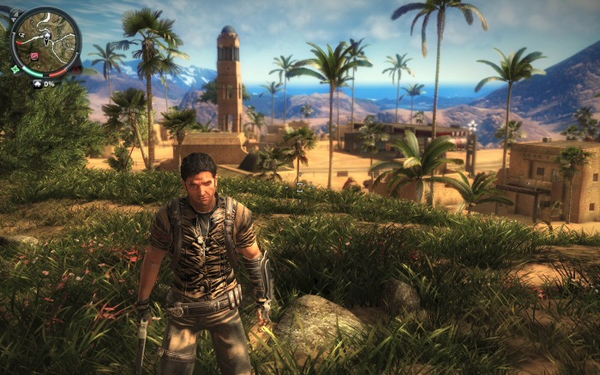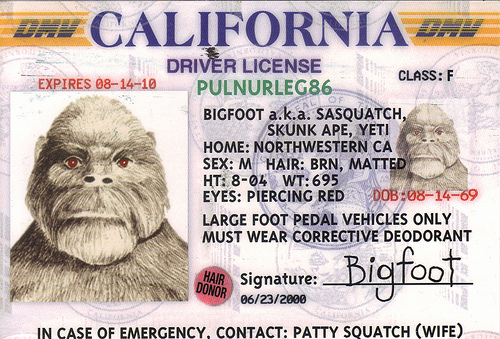
solid state drives
The Hot/Crazy Solid State Drive Scale
As an early advocate of solid state hard drives… * The State of Solid State Hard Drives (October 2009) * Revisiting Solid State Hard Drives (October 2010) … I feel ethically and morally obligated to let you in on a dirty little secret I’ve discovered in the last two years of full


